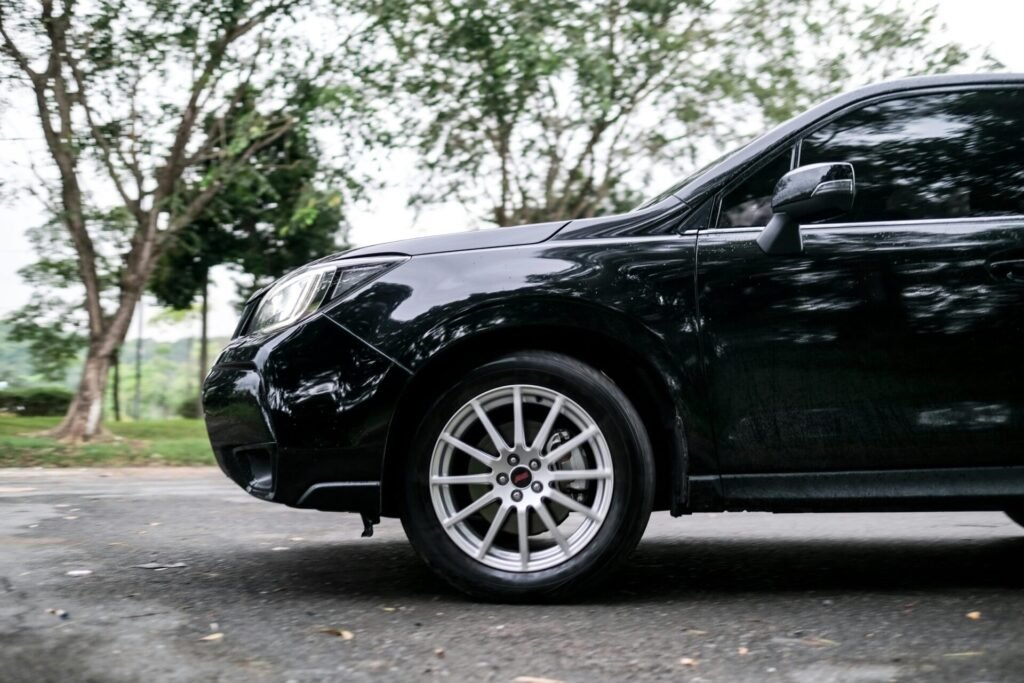Introduction
Embarking on the journey to purchase a vehicle requires thoughtful planning and adjustments to your financial habits. Whether you’re eyeing a brand-new model with all the latest features or a reliable used car that fits your immediate needs, developing a strategic approach to how to save up for a car will significantly benefit both your immediate purchase experience and long-term financial health.
The process involves more than just setting aside money; it requires understanding how car financing works, recognizing the importance of down payments, and creating sustainable saving habits that won’t leave you financially strained. Let’s explore how you can navigate this significant financial milestone with confidence.
Why Make a Down Payment Instead of Financing the Entire Purchase?
Cars represent a classic example of a depreciating asset – they lose value quickly after purchase while your loan obligation remains unchanged. This reality makes a compelling case for saving a substantial down payment before buying.
When you pay more upfront, you immediately position yourself for several financial advantages:
- Your auto loan becomes smaller, resulting in lower monthly payments
- You’ll likely pay less interest over time since you’re borrowing a reduced amount
- You decrease the risk of becoming “underwater” on your loan (owing more than the car is worth)
- You demonstrate financial responsibility to lenders, potentially securing better interest rates
Strategic Steps to Save Up for a Car
Research Vehicles and Understand Payment Options
Begin by exploring vehicles that interest you, focusing on models offering financing packages within your monthly budget range. Use an Auto Loan Calculator to enter the complete cost of cars in your target price range, which will reveal various monthly payment scenarios based on loan duration and your credit score.
Then, experiment with different down payment amounts by subtracting what you believe you can save from the total price. Compare the monthly payments with and without your projected down payment to visualize the tangible benefits of saving before purchasing.
Establish an Automated Car Savings Fund
Once you’ve determined your target down payment amount, create a dedicated car savings fund to manage your progress effectively. The key to consistent saving lies in automation – set up automatic transfers from your checking account to your savings account with each paycheck.
This approach eliminates the temptation to spend elsewhere and provides clear visibility into when you’ll reach your goal. Many banking platforms offer autosave features specifically designed for this purpose, allowing you to move funds regularly between accounts with minimal effort.
Account for Additional Vehicle Expenses
Remember that purchasing a car involves more than just the sticker price. Your financial planning should incorporate:
- Sales tax and registration fees
- Initial insurance payments (often higher for new cars)
- Routine maintenance costs
- Fuel expenses
Including these additional costs in your savings calculation provides a more realistic picture of how much you need to save before making your purchase.
Effective Methods to Accelerate Your Car Savings
Implement Budgeting and Reduce Unnecessary Expenses
Adhering to a monthly budget serves as the foundation for accelerated car savings. Track your income and expenses carefully, then develop a plan to optimize your spending patterns each month.
The popular 50/30/20 budgeting framework offers a structured approach:
- Allocate 50% of monthly income to essentials (housing, utilities, groceries)
- Limit non-essential spending to 30% (entertainment, dining out)
- Dedicate 20% to savings (including your car fund)
Look critically at your non-essential expenditures – streaming subscriptions, regular restaurant meals, impulse purchases – and redirect a portion of this spending toward your car savings fund. Even modest reductions in these areas can substantially impact your timeline to car ownership.
Consider Trading In or Selling Your Current Vehicle
If you already own a car, leveraging its value can significantly reduce the cost of your new purchase. Trading in your current vehicle offers a straightforward path to securing funds for your next car, though selling privately might yield a higher return despite requiring more time and effort.
Evaluate your current car’s condition, market value, and your timeline to determine which approach makes the most sense for your situation. Online valuation tools can provide reasonable estimates of what you might expect from either option.
Explore Side Income Opportunities
Supplementing your primary income with additional revenue streams can dramatically accelerate your car savings progress. Consider options that align with your skills and available time:
- Freelance writing or content creation
- Selling unused items through online marketplaces
- Providing childcare services
- Shopping or delivery services
- Rideshare driving
- Virtual assistant work
Dedicating even a few hours weekly to these activities can generate meaningful contributions to your car fund, potentially shortening your timeline to purchase by months.
Conclusion: Align Your Car Purchase with Your Financial Reality
Ultimately, your vehicle selection should reflect your financial circumstances, timeline requirements, and personal preferences. If you desire a brand-new car with premium features, you might need to develop a longer-term saving strategy. Conversely, if you require transportation immediately, adjusting your expectations and budget accordingly makes practical sense.
By implementing consistent saving practices and carefully monitoring your spending, you can accumulate sufficient funds to make your car payments manageable without compromising other financial goals. The disciplined approach to saving outlined here not only facilitates your car purchase but also reinforces positive financial habits that benefit numerous aspects of your financial life.
Remember that successful financial planning involves balancing immediate needs with long-term objectives – a principle perfectly exemplified in the process of saving for a major purchase like a car.

